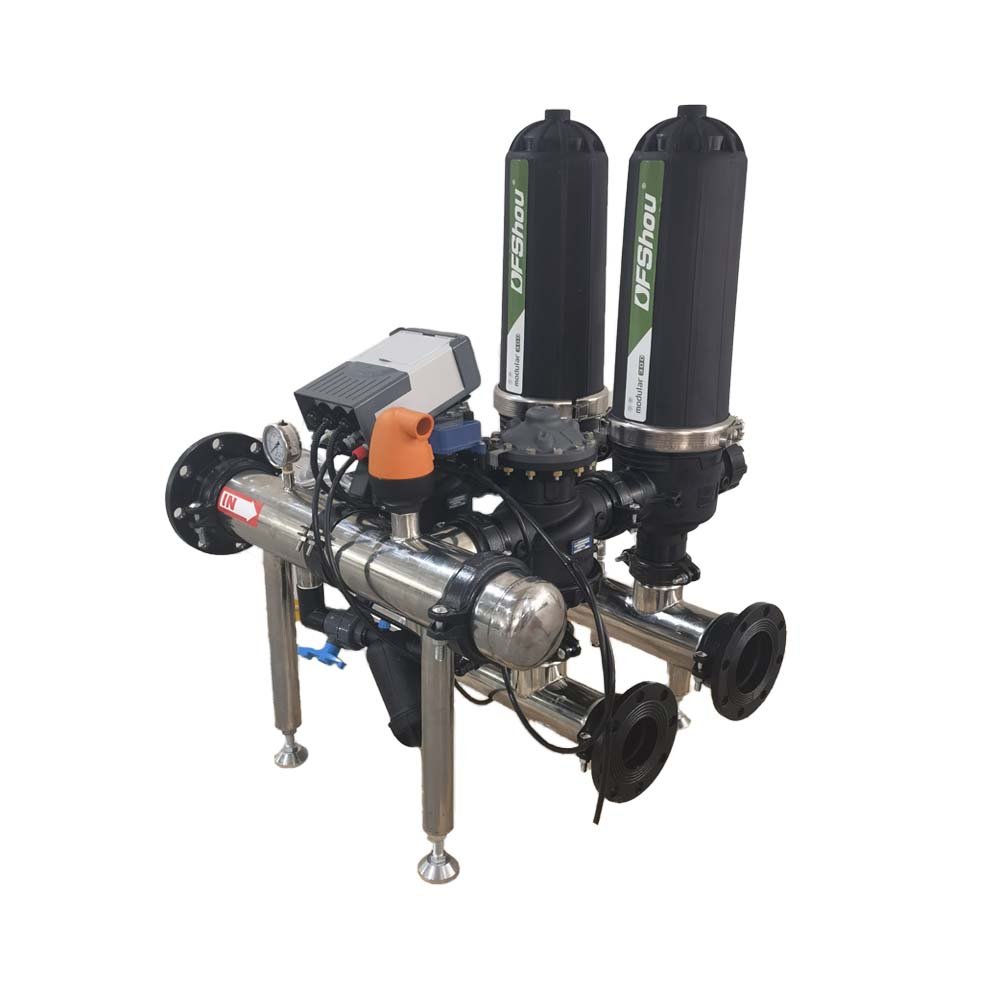Irrigation is a crucial part of agriculture, as it ensures that crops receive the necessary amount of water to grow properly. However, traditional irrigation methods can be time-consuming and inefficient, leading to water wastage and reduced crop yields. In this blog, we will discuss how to irrigate crops on demand using modern technology.
- Drip Irrigation
Drip irrigation is a highly efficient irrigation method that can be used to irrigate crops on demand. In this method, water is delivered directly to the root zone of the plants through a network of pipes and emitters. The water is released slowly and steadily, reducing the risk of water wastage and ensuring that the plants receive the right amount of water.
- Soil Moisture Sensors
Soil moisture sensors are devices that can be used to measure the amount of moisture in the soil. By installing these sensors in the field, farmers can get real-time information about the moisture levels and adjust the irrigation accordingly. This allows for precise control over the amount of water delivered to the plants, reducing water wastage and improving crop yields.
- Weather Stations
Weather stations are devices that can be used to measure environmental factors such as temperature, humidity, and wind speed. By monitoring these factors, farmers can get an idea of the weather conditions and adjust the irrigation accordingly. For example, if the weather is hot and dry, farmers can increase irrigation to ensure that the plants receive enough water.
- Automated Irrigation Systems
Automated irrigation systems are advanced systems that can be used to irrigate crops on demand. These systems use sensors and weather data to automatically adjust the irrigation, ensuring that the plants receive the right amount of water at the right time. Some systems can even be controlled remotely, allowing farmers to adjust the irrigation from their smartphones or computers.
- Mobile Irrigation Systems
Mobile irrigation systems are portable systems that can be used to irrigate crops on demand. These systems consist of a water source, a pump, and a set of sprinklers or drip lines. Farmers can move the system from one area to another, allowing them to irrigate different parts of the field as needed.
In conclusion, irrigating crops on demand is essential for ensuring efficient water use and maximizing crop yields. By using modern technology such as drip irrigation, soil moisture sensors, weather stations, automated irrigation systems, and mobile irrigation systems, farmers can ensure that their crops receive the right amount of water at the right time, leading to healthier plants and higher yields.


